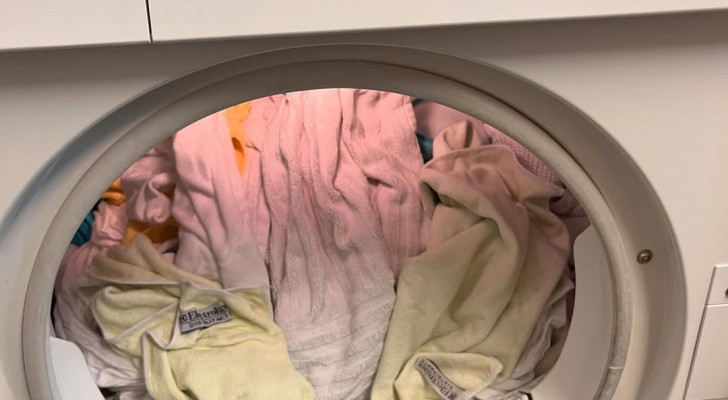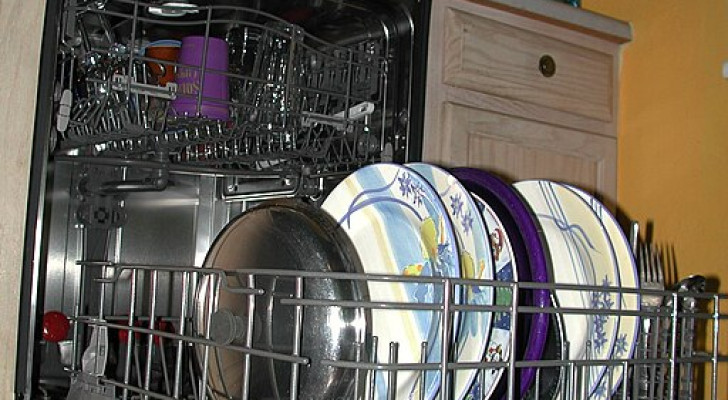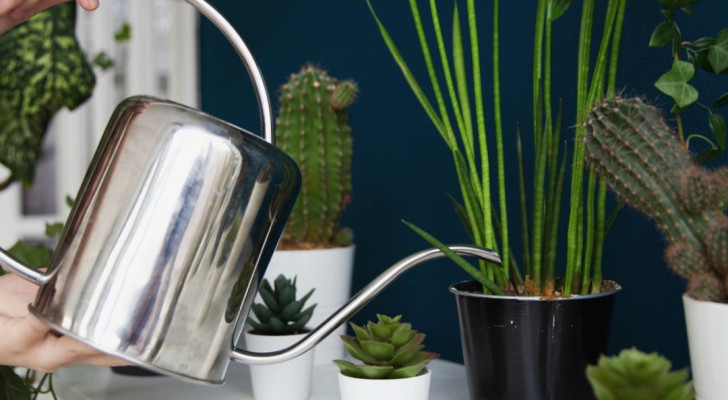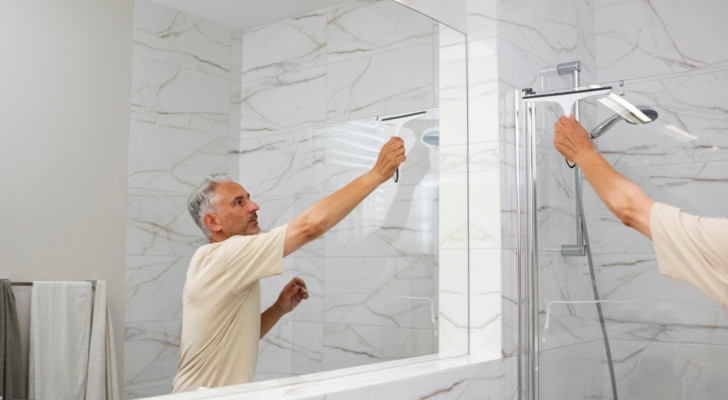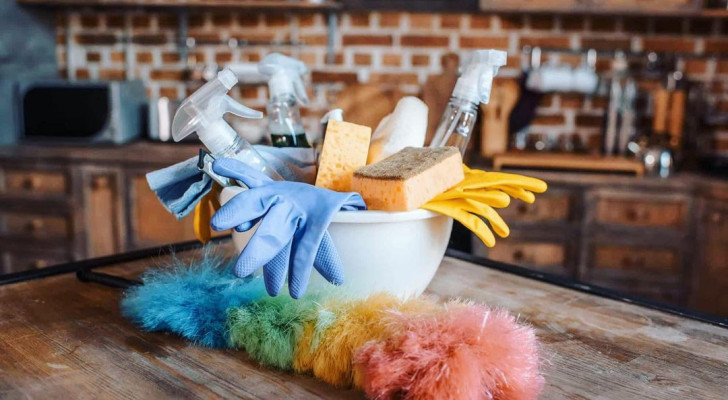Everything you need to know about growing Rhaphidophora Korthalsii: a rare plant that almost looks artificial
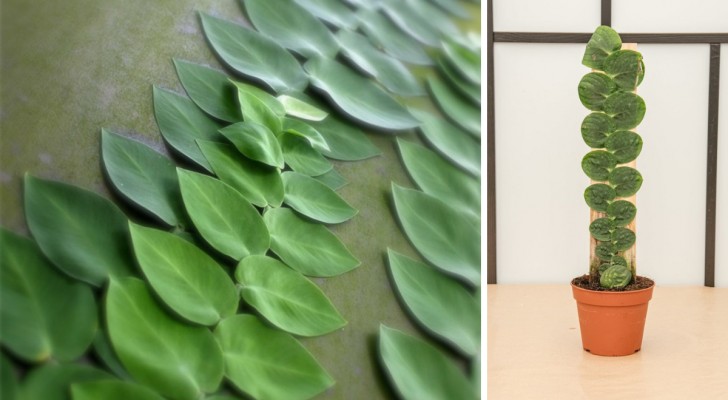
It is always a bit difficult to get the exact names of plants correct: the plant we want to talk to you about here is known as Rhaphidophora korthalsii, but it is sometimes also called R. celatocaulis. The common name of this plant is "Mini Monstera". This is a splendid tropical climbing plant which is often grown indoors.
This plant comes from South-East Asia and has the unusual characteristic of producing pairs of leaves arranged in a perfectly symmetrical way on both sides of the leaf stem. These leaves then grow flattened along walls, trunks of large trees or palms.
Rhaphidophora korthalsii is not difficult to grow at home, and we detail how to do this below:
Growing Rhaphidophora at home
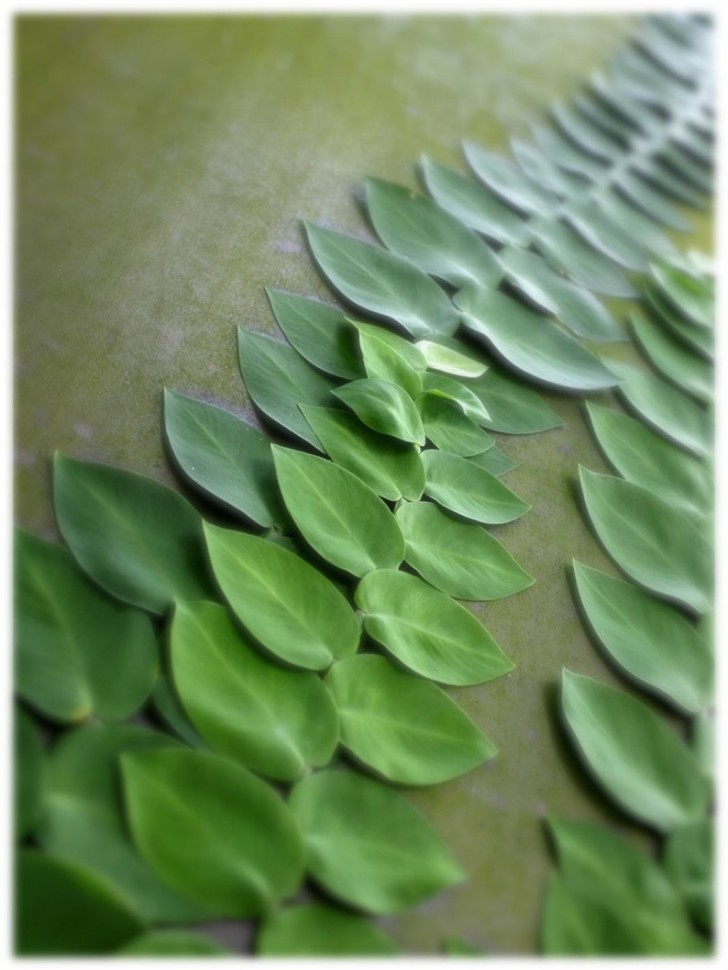
Given that Rhaphidophora is a climbing plant, when growing it at home, it will need supporting. To this end, you can use wooden panel, a trellis for climbers, or a moss sphagnum (like those used for philodendrons), a wooden pole or a plank. If you are sure of where you want to grow the plant permanently, you can allow it grown up/along a wall on the balcony, for example.
Rhaphidophora needs high temperatures and a lot of humidity. Due to this, it is recommended that this plant is grown indoors.
The ideal conditions for growing Rhaphidophora at home

- Exposure: this plant needs light, but only indirect sunlight. If exposed to direct sunlight, the leaves will begin to curl and burn, eventually falling off. As soon as you notice these signs, move the plant before it dies. If, however, you notice that the leaves are turning yellow, this is a sign of insufficient light. The ideal spots are bright corners near windows facing south-east or west/south-west, where there is diffused but not direct sunlight. If can't move the plant to an ideal spot, shield it from direct sunlight with curtains.
- Temperature: the ideal temperature is around 23°C, and the generally recommended temperature fluctuation range is between 21 to 26 degrees C.
- Soil: use very rich, fertile, porous and well-draining soil. Although this plant loves humidity, it cannot tolerate water stagnation.
- Watering: this plant should be watered quite frequently but without overdoing it. The ideal time to water is when the top 3 or 4 cm of the soil is dry (and ensuring the water drains away easily). You will soon determine the right watering rhythm for your home.
The humidity required for this plant is 60% or higher. If you have a humidifier, you could place it near the plant when the air in your home gets too dry. Another way to increase humidity around the plant is to place clay or pebbles in the saucer where their water collects. Another useful tip is to keep several grouped plants together in the same area: due to their transpiration, they will produce a little humidity which can be "shared" amongst them.
Would you like to have a Rhaphidophora in your home?
